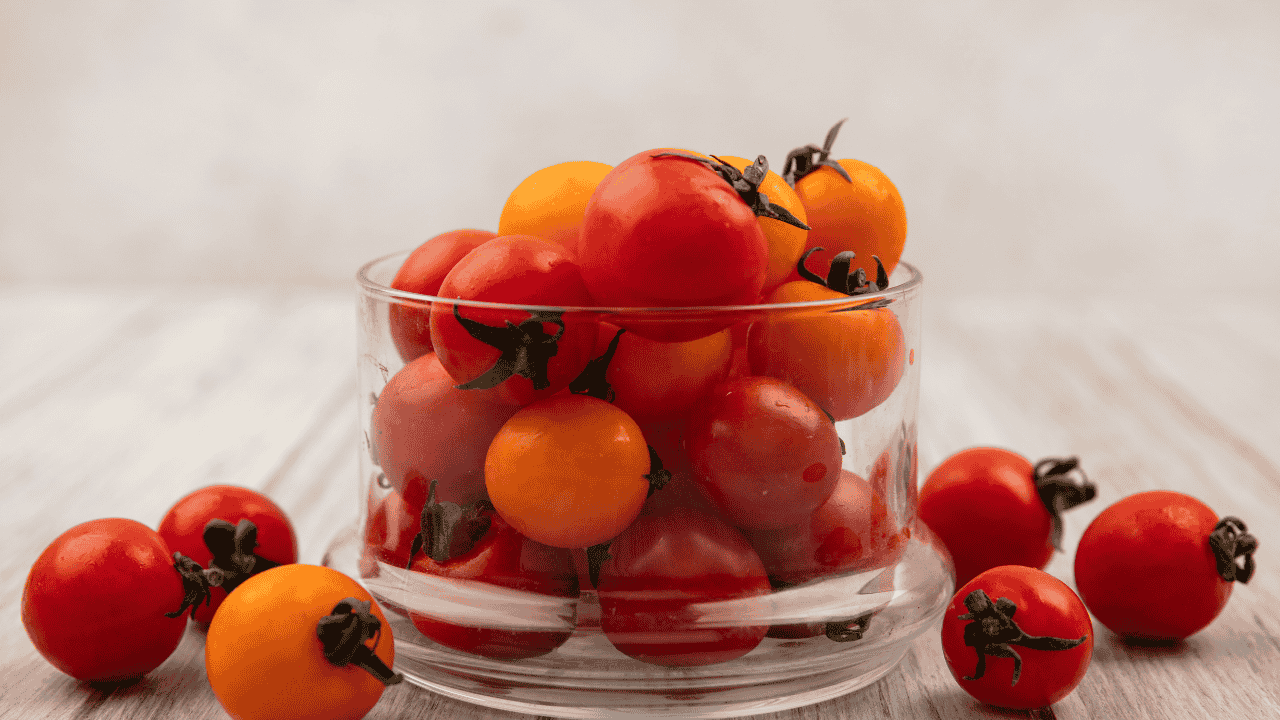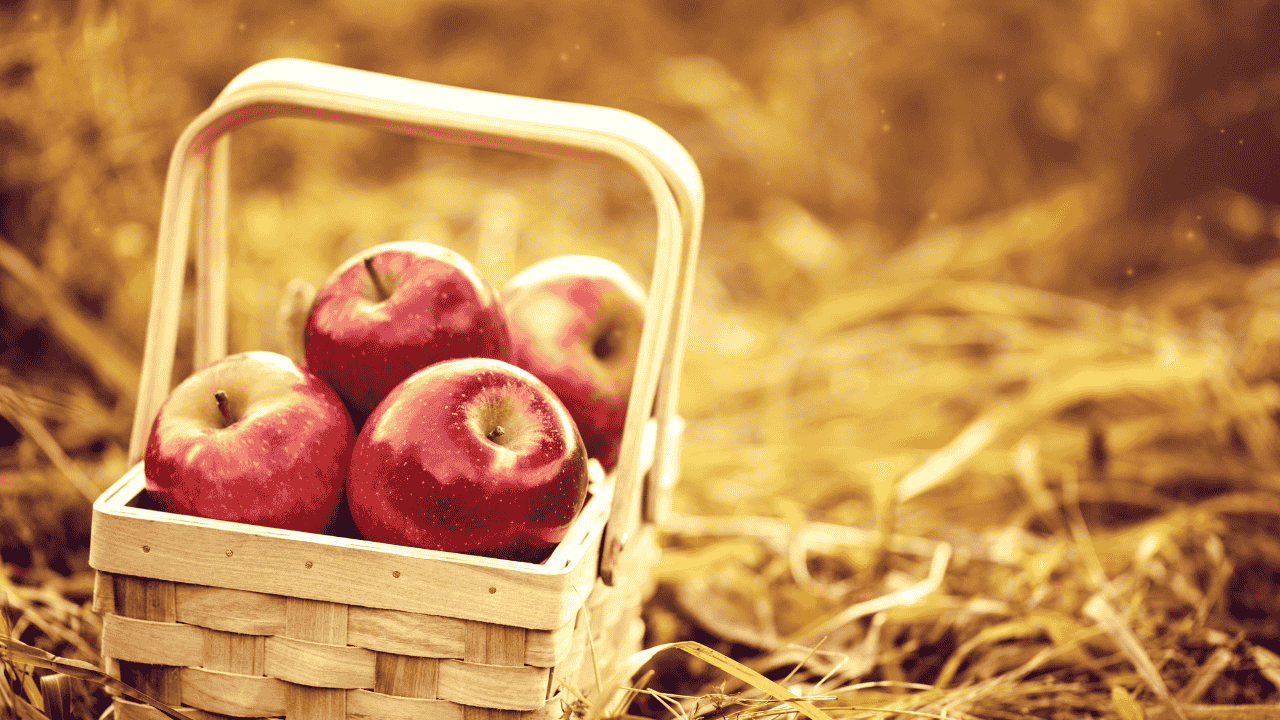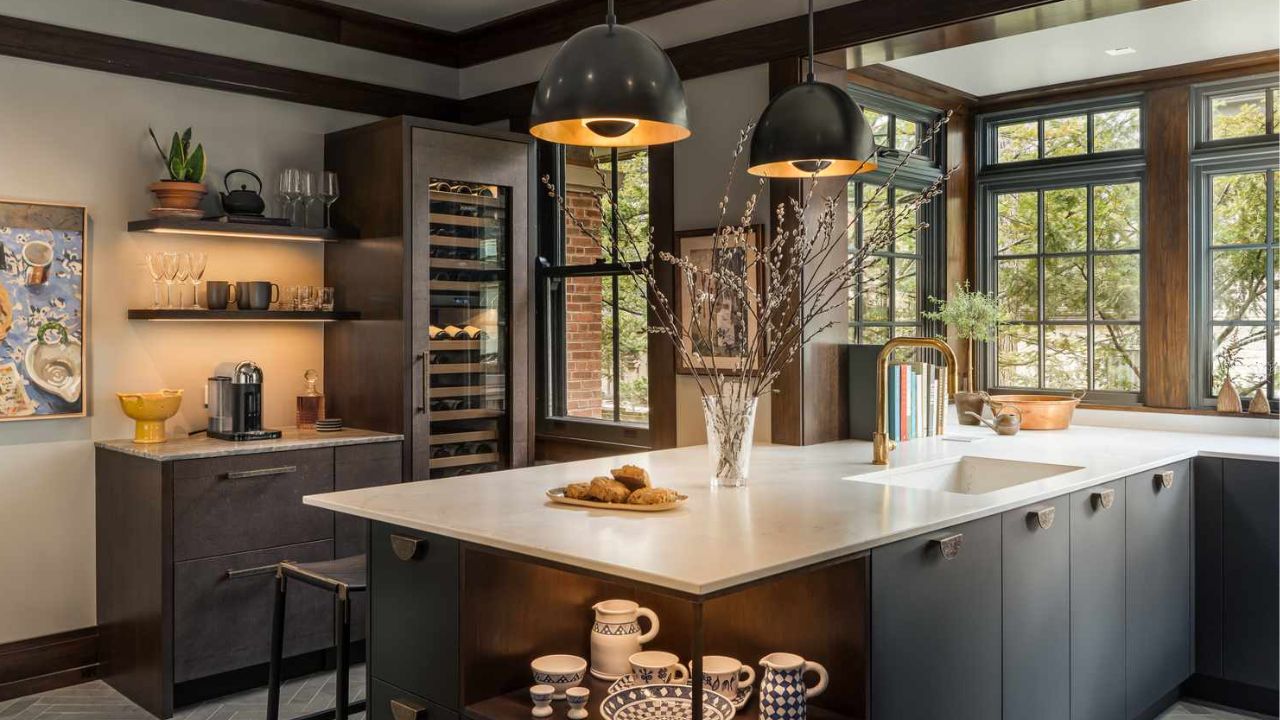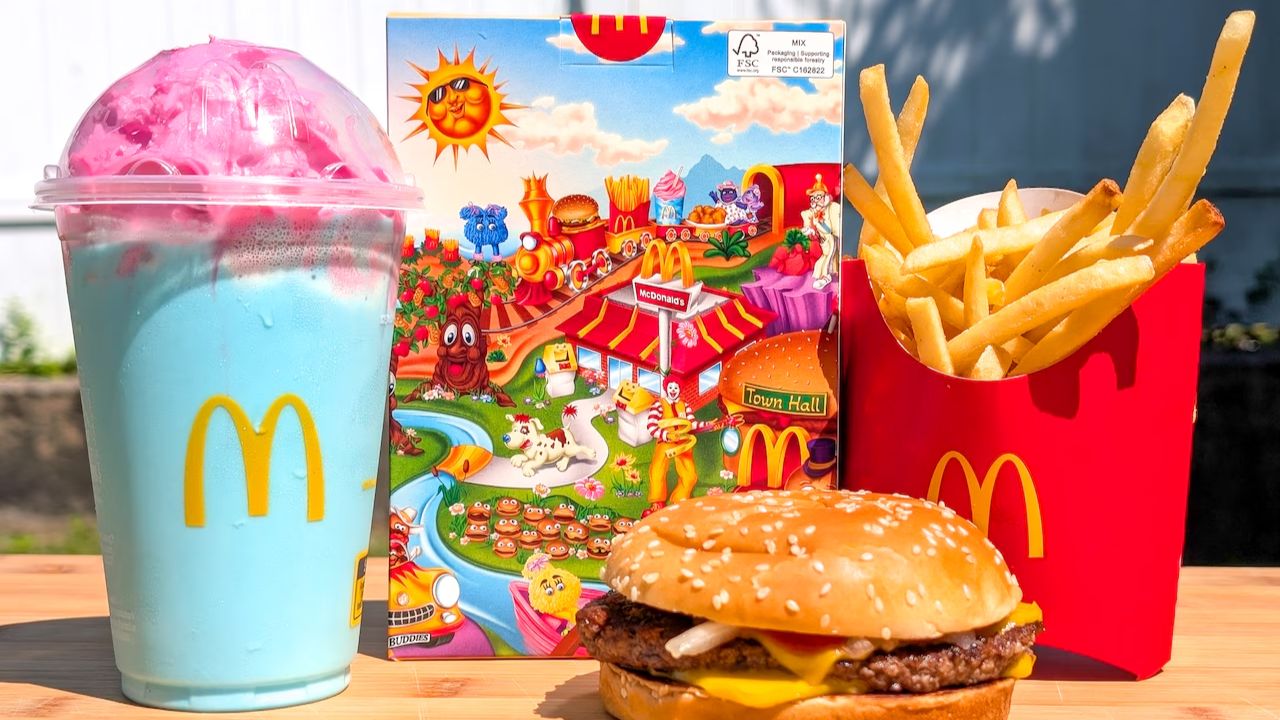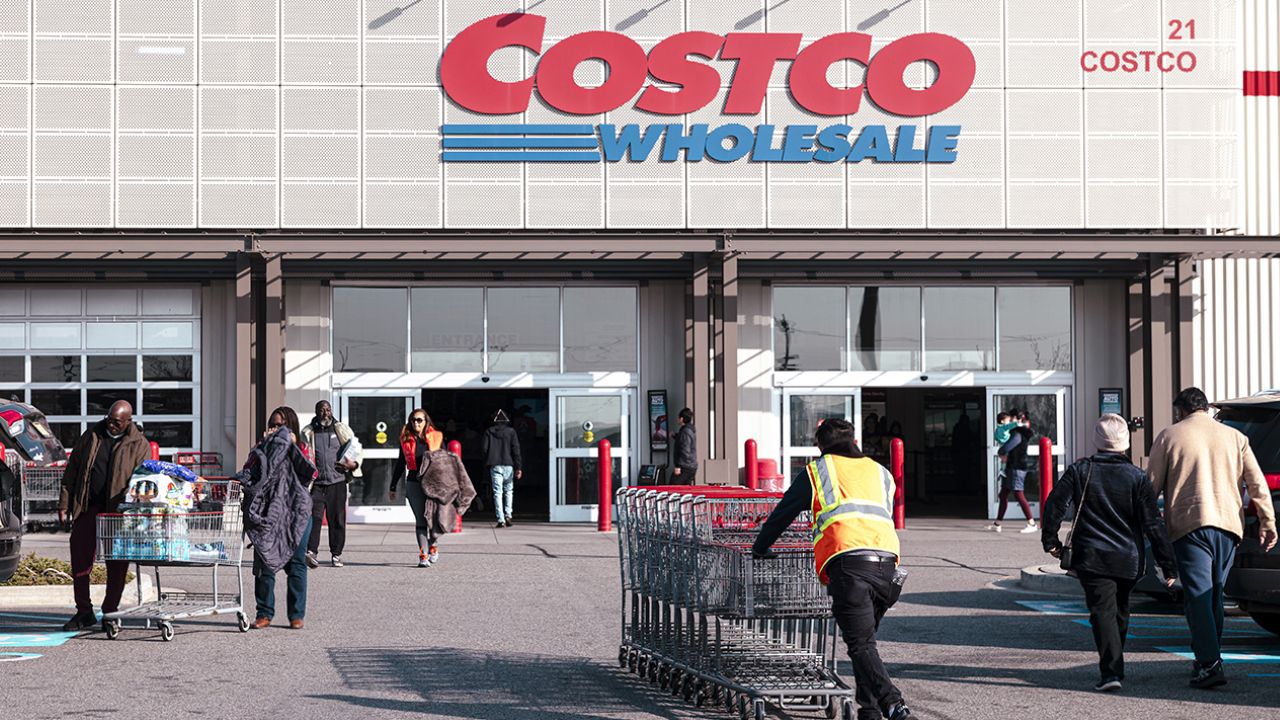There’s something almost poetic about a perfect tomato. Bright, juicy, a little sweet, a little tart—basically the heart and soul of half the world’s favorite dishes. But the sad truth? Most people are ruining their tomatoes without realizing it. That’s right—the way you store them could be sucking the life (and flavor) out of them long before they hit your plate.
So if you’ve ever wondered why your tomatoes go mushy, grainy, or flavorless in just a few days, you’re not alone. Let’s unpack the real science—and the smart kitchen hacks—to keep your tomatoes tasting garden-fresh for as long as possible.
Why the Fridge Is the Enemy (Most of the Time)
It sounds counterintuitive, but the cold can actually kill a tomato’s personality. While most fruits and veggies last longer in the refrigerator, tomatoes are built differently. They’re tropical fruits at heart, and when you chill them, the low temperature messes with their cell structure and natural ripening enzymes.
According to the USDA’s food storage guidelines, refrigeration slows ripening—but in tomatoes, that’s not a good thing. Cold temperatures stop the chemical reactions that develop their sweetness and complexity. Once those reactions are halted, they don’t restart even after you bring the tomato back to room temp.
The result? A mealy, dull tomato that tastes like it’s been sitting in a warehouse since last summer.
There’s one small exception: if your tomatoes are overripe and about to turn, you can toss them in the fridge for a day or two to buy some time. Just make sure to bring them back to room temperature before eating to coax out whatever flavor remains.
Why the Counter Isn’t Perfect Either
So, fridge bad. Counter good? Not exactly.
Leaving tomatoes out in a sunny fruit bowl or on a warm kitchen counter can accelerate the opposite problem—over-ripening. The warmth and direct light push the fruit to soften too quickly, and before you know it, you’ve got a mushy mess on your hands.
Even worse, one spoiled tomato can trigger a domino effect. Like a bad influencer in a friend group, one starts turning and the rest soon follow. That’s partly due to ethylene gas, a natural plant hormone tomatoes emit as they ripen. When trapped in a small space, that gas causes the entire batch to ripen faster than you’d like.
The Pantry: A Tomato’s Happy Place
Here’s where the magic happens. The ideal spot for tomatoes is a cool, dry, dark place—like your pantry, a shaded cupboard, or even a paper-lined drawer away from heat sources.
This “Goldilocks zone” keeps them at a steady temperature (ideally between 55–70°F), away from both cold air and direct sunlight. It slows ripening without halting it completely, preserving that juicy texture and balanced flavor.
Spacing matters too. Tomatoes bruise easily, so give them a little breathing room—no stacking or piling. If your pantry gets warm, try a paper bag with a few small holes to maintain gentle airflow without drying them out.
| Storage Method | Ideal For | Drawbacks | Shelf Life |
|---|---|---|---|
| Refrigerator | Overripe or cut tomatoes | Texture loss, flavor dullness | 2–3 days |
| Countertop | Short-term ripening | Too much warmth = fast spoilage | 3–5 days |
| Pantry/Cupboard | Most fresh tomatoes | Needs ventilation | 5–10 days |
| Paper Bag (vented) | Slows ripening slightly | May trap humidity | 6–8 days |
Small Tweaks, Big Payoff
If you really want to up your tomato game, here are a few pro tricks:
- Store stem-side down. This prevents moisture and bacteria from sneaking in through the scar where the tomato was attached to the vine.
- Keep them separate from bananas or apples. Both release ethylene gas, which makes tomatoes spoil faster.
- Don’t wash until ready to use. Washing introduces moisture that can cause mold or early rot. A dry tomato is a happy tomato.
- Use a shallow bowl or tray. Spread them out to avoid bruising—no crowding allowed.
The Real Payoff
You might be thinking, “Does it really matter where I put my tomatoes?” Oh, it matters. Proper storage not only keeps them tasting better—it cuts down on food waste, which saves you money and reduces your environmental footprint.
According to the U.S. Environmental Protection Agency (EPA), Americans toss nearly 40 million tons of food every year, much of it from improper storage. Learning how to keep something as simple as a tomato fresh longer adds up, both for your wallet and the planet.
And let’s be honest—there’s nothing like slicing into a firm, fragrant tomato and realizing it tastes just as fresh as the day you bought it.
FAQs
Should I refrigerate fresh tomatoes?
Not unless they’re overripe. Refrigeration dulls flavor and texture. Store them in a cool, dark place instead.
Why store tomatoes stem-side down?
It helps seal the scar at the top, preventing air and bacteria from speeding up spoilage.
Can I keep tomatoes with bananas or apples?
Avoid it. Bananas and apples release ethylene gas, which accelerates tomato ripening.
When should I wash tomatoes?
Right before eating or cooking. Washing too early adds moisture that can lead to mold.
What’s the best long-term storage method?
For ripe, uncut tomatoes: a cool pantry or cupboard. For cut ones: airtight container in the fridge for up to two days.

